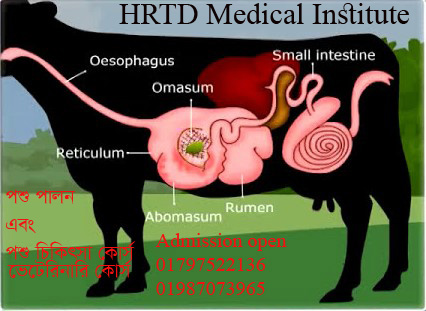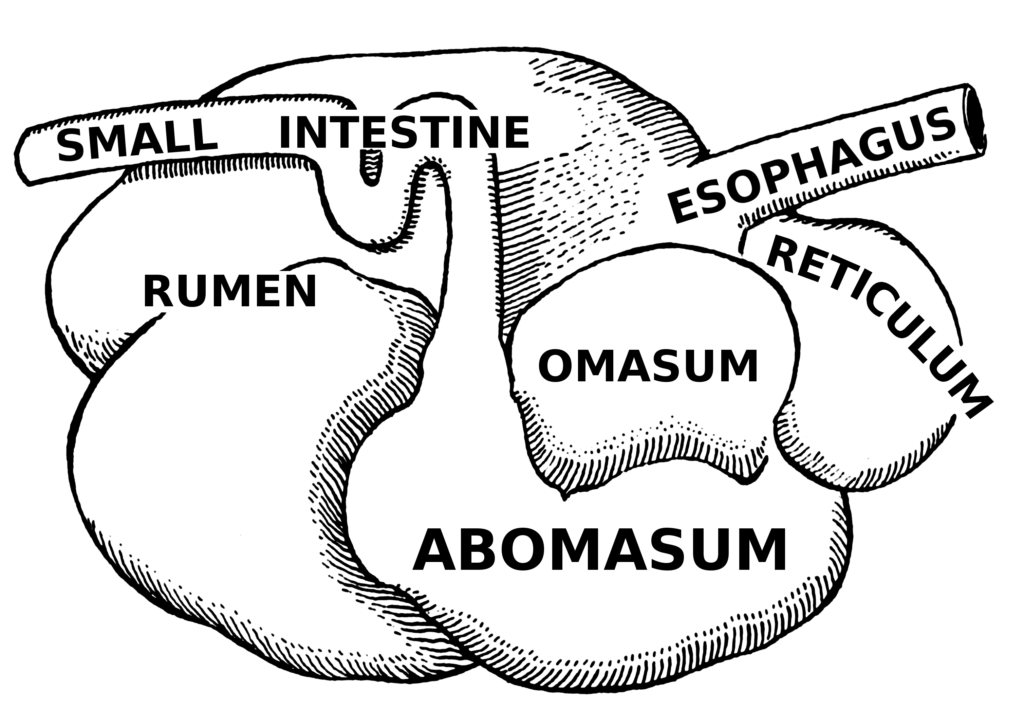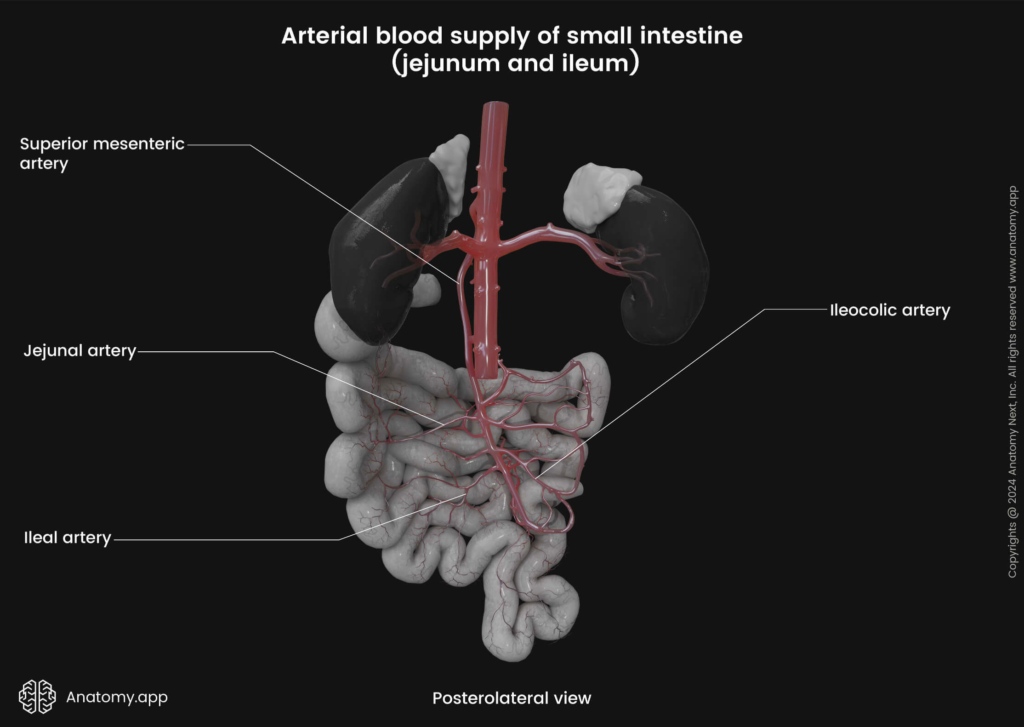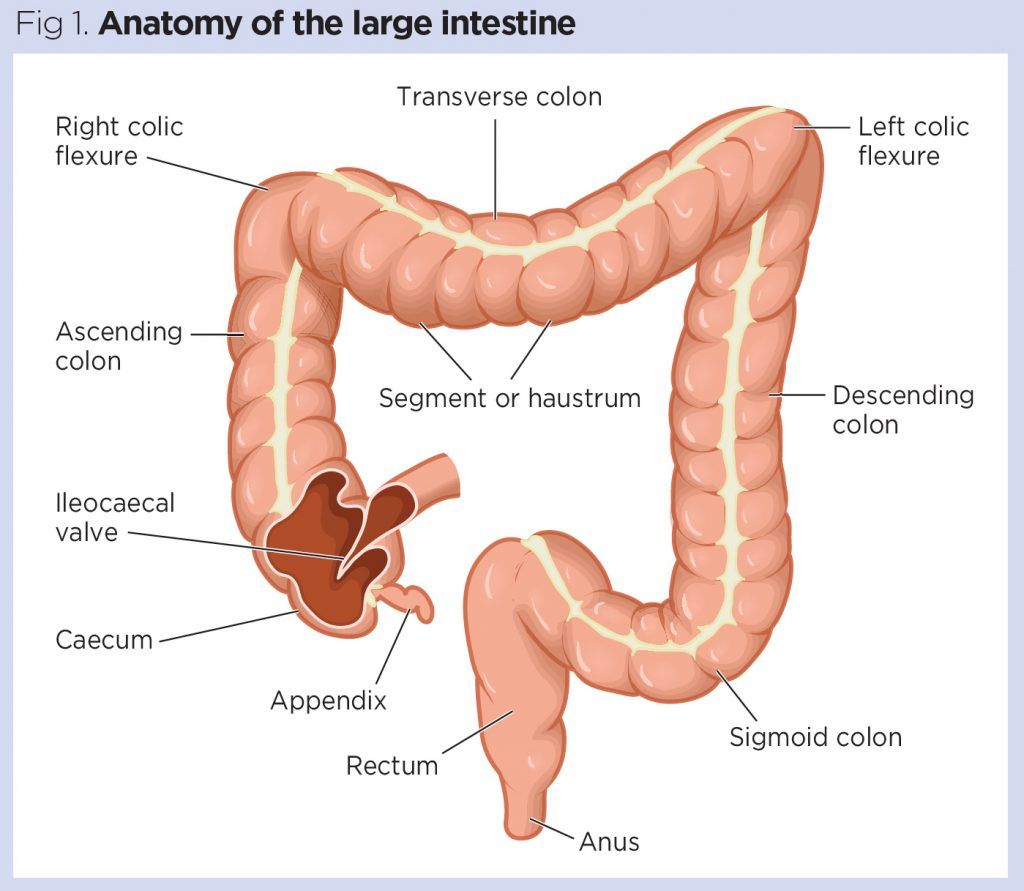Animal Anatomy And Physiology of Farm Animals Details
Animal Anatomy And Physiology of Farm Animals. Mobile Phone Number 01797522136, 01987073965. Animal Anatomy & Physiology is an important subject in veterinary science. The study of the structure of the animal body’s systems, organs, tissues, and cells is called Animal Anatomy. The study of the functions of systems, organs, tissues, and cells of the animal body is called Animal Physiology.

Normal Anatomy And Physiology is the normal condition of the Animal. But, Clinical Anatomy & Physiology is the disease condition of the body. Comparing these two conditions we can understand the severity of the disease.
Animal Anatomy & Physiology is important for all veterinary courses like LMA Vet, RMP Vet, Veterinary Pharmacy Course, Para Vet, DMA Vet, DMS Vet, DPM Vet, and DMDS Vet. These are all veterinary assistant courses of various durations. These Courses are available at HRTD Medical Institute. HRTD Medical Institute is an organization of HRTD Limited ( HRTD Limited is a Government Registered Limited Company).
2. Mention the organization of the digestive system in Animal Anatomy And Physiology
Answer: Organization of the digestive system:
Mouth
1. Teeth
2. Tongue
Pharynx
Tonsils
Esophagus
Nonrumunant stomach
Ruminant stomach
1. Ruminoreticulam
2. Omasum
3. Abomasum
Ruminant stomach
Large Intestine
1. Ruminants
2. pig
3. Horse
Peritoneal Features
Accessory Digestive Organs
1. Salivary Glands
2. Pancreas
3. Liver
3. Mention the layer of the gut in Animal Anatomy And Physiology?
- Mucosa
- submucosa
- circular smooth muscle
- Longitudinal smooth muscle
- serosa
- Muscularis mucosa
4. Mention the arrangement of maxillary teeth in Animal Anatomy And Physiology.
- Upper premolars
- Upper Molars
5. Mention the arrangement of mandibular teeth in Animal Anatomy And Physiology.

- Incisor
- Lower premolars
- Lower molars.
6. Mention the anatomy of brachyodont teeth in Animal Anatomy And Physiology.

7. Mention the anatomy of hyposodont teeth in Animal Anatomy And Physiology.

8. Mention the anatomy of the tongue in Animal Anatomy And Physiology?
The tongue consists of a mass of muscle covered by a mucus membrane. It is divided into a free apex at the rostral end, a meaty body, and a caudal root adjacent to the pharynx. The entire tongue is mobile through is muscular attachments to the hyoid apparatus and mandible. The muscle of the tongue has fibers oriented in longitudinal, permitting the tongue
9. Define pharynx? mention the parts of the pharynx in Animal Anatomy And Physiology?
The pharynx is the common passage for food and air is caudal to oral and nasal cavities, and is lined by mucous membranes and surrounded by muscle.
parts of pharynx
- Nasopharynx
- Oropharynx
- Laryngopharynx
10. Define tonsils? Mention the names and locations of the tonsils in Animal Anatomy And Physiology.
tonsils: Tonsils are more or less circumscribed aggregations of lymphatic nodules found in association.
Name of tonsils
- palatine tonsils
- Lingual tonsils
- pharyngeal tonsils
- Tubal tonsils
Location of tonsils
The palatine (or faucial) tonsils, commonly referred to as tonsils, are bundles of lymphatic tissue located in the lateral oropharynx
11. Define esophagus. Mention the anatomy of the esophagus in Animal Anatomy And Physiology.
Esophagus
The esophagus is a muscular tube extending from the pharynx to the stomach just caudal to the diaphragm.
Anatomy of esophagus

12. Define nonruminant stomach. Mention the anatomy of a nonruminant stomach.
Nonruminant stomach
In nonruminant, the stomach is just caudal to the left side of the diaphragm. It is sometimes described in species as a simple stomach.
Anatomy of nonruminant stomach.

13. Define ruminant stomach. Mention the anatomy of the ruminant stomach.
ruminant stomach.
The ruminant stomach is actually a single stomach modified by the marked expansion of the esophageal region into three distinct and voluminous diverticula, the rumen, reticulum, and omasum, collectively known as the forestomach.
anatomy of ruminant stomach.

14. Define omasum. Mention the anatomy of omasum.
The omasum is a spherical organ filled with muscular laminae that lie in sheets, much like the pages of a book. The stratified squamous mucous membrane covering the laminae is studded with short, blunt papillae.
anatomy of omasum.
15. Define abomasum. Mention the anatomy of abomasum in Animal Anatomy And Physiology.
abomasum.
The abomasum is the first glandular portion of the ruminant digestive system Its proximal portion is ventral to the omasum and its body extends caudad on the right side of the rumen. The pylorus demarcates the muscular junction of the stomach and small intestine, and like the porcine pylorus, it features an enlarged torus pyloricus.
anatomy of the abomasum.

16. Define small intestine. Mention the anatomy of the small intestine in Animal Anatomy And Physiology.
small intestine.
The duodenum is the first of three divisions of the small intestine. It is closely attached to the right side of the dorsal body wall by a short mesentery, the meso duodenum. The duodenum arises at the pylorus of the stomach and receives ducts from the pancreas and liver in this region.
anatomy of the small intestine.

18. Define the large intestine. Mention the anatomy of the large intestine in Animal Anatomy & Physiology.
large intestine
The large intestine consists of the cecum, a blind sac, and the colon, which consists of ascending, transverse, and descending parts. The descending colon terminates as the rectum and anal canal.
anatomy of the large intestine.

8. What are the names of accessory digestive organs. Mention the names of salivary glands.
Names of accessory accessory digestive organs.
- teeth,
- tongue, and glandular organs such as salivary glands, liver, gallbladder, and pancreas.
Names of salivary glands.
- parotid salivary glands,
- the sublingual salivary glands,
- and the submandibular glands.
19. Mention the anatomy of the pancreas. Mention the short physiology of the pancreas.
Anatomy of pancreas.

Short physiology of pancreas.
The pancreas is a compound gland that has both endocrine portions. the exocrine portions. The exocrine portion of the pancreas produces sodium bicarbonate and digestive enzymes, which pass through the pancreatic ducts to enzymes, which pass through the pancreatic ducts to empty into the duodenum close to the opening of the bile duct.
20. Mention the anatomy of the liver. Mention the short physiology of the liver.
Anatomy of liver

Short physiology of liver.
The liver is the largest gland in the body, constituting 1_2% of total aduld body weight.It varies somewhat in number of lobes and precise intra abdominal location from one species to another.However, the liver is always located immediately caudal to the diaphragmand tends to be located on the right side, perticularly in ruminant,in whom the large ruminoreticulam pushes everything else to the right.
21. Mention the pregastric physiology of digestion in Animal Anatomy And Physiology.
The act of bringing food into the mouth is prehension. The teeth, lips, and tongue are used as prehensile organs by domestic animals. the lips of the horse, the tongue of the ,cow and sheep ,and the snout of the pig are used extensivlely in obtating food.
Pregastric physiology of digestion by the saliva and salivary glands. saliva consist of water,electrolyte,mucus,and enzymes. the water and mucus soften and lubricate the ingesta to faciliate mastication and swallowing.Lysozyme i a salivary enzyme with antibacterial actions. The strach digesting enzyme amylase is present in the saliva of omnivores and to a limited degree in hourse but absent in ruminant and carnivores.
adult cattle may secrete up to 200L of saliva per day as compared to 1-2L per day for humans.
22. Describe in short the forestomach motility of cows in Animal Anatomy And Physiology.
The rumen and reticulam of the adult cow normally undergo complicated squences of contraction that are repeated at varying frequencis up to several times per minute. one pattern of contraction that are repeated at varying frequencies up to several timew per munites .one pattern cotractions being in the reticulam spreads over both the dorsal sacs of the rumen. This of contaction mixes the contents to promote fetrmentation and provide force to move liqufied digesta of out forstomach and into to the abmasum.
Rumen cobntractions can be felt by forcing the first into the uppar link flank .pqathologic condition of the rumen or morbidity awsociated with systamic diseases usally results in a decreased rate or complete cessation of rumen movements.
23.Describe in short the gastic physiology.
The term gasrtice juce refers to the combination by gastric galands, also termed gastric pits becaus of their pitlike extenton into the wall of the stomach mucosa. gastric juice contains water ,fysrocloric acid,mucus, intrinsic factor pepsinogen and enzyme rennnim.
The histamine receptor on paraital cells involved in aalergic reactions.the specific H2 receptor antagonistic
provide a means to reduce acid secriction with few side effects.The anihistamine used for allergies do not bind to H2 receptors and thus to do not distrub digestion.
24.Describe in short the the physilogy of mof small intestine,exocrine pancreas and liver.
The small intestine is the primary site opf chemical digestion and absorbtion of nutrition.The exocrine secrections of the pancreas contain most of the enzyms for chemical digestion in the lumen of the small intestine,byr the epithelial cells that line the small intestine also have in their cell membranes enzymes that perticipate in the final step of chemical digestion. The primary digestive function of the liver is to provide bile salts, which facilateate the enzymatic digestion of lipids. The liver is not a source a digestive system.
Exocrine pancrease
Pancreatic exocrine secretions primarily consisst of a verity of digestive enzymes and sodium bicarbonate. pancreatic acinar cells secrete the enzymess,and cells that line ducts in the pancreas secrete the sodium by carbonet. These ducts which empty into duodenum.
The sodium bicarbonate raises to an acceptable PH the chyme entering from the stomach. The smal;l intestinal epethelium is not protected from an acidic soluation by a thick layer of mucus,as is the stomach. The higher PHn is also better for the action of the pancreatic digestive enzymes. The mejor stimulas for bicarbonate secretion is the hormone secrectine from the small intestine mucosa.
Liver
Liver cells are responsible for bile formation.Bile is a greenish -yellow salt solution consisting primarily of bile salts,cholesterol,phospholipids, and bile pigments,.Hepatocytes synthesize the bile salt from cholestorel. These salt assist in digestion and absorbtion of lipids and the production and secrection of these salts is the most important digestive function of liver.
27.Describe in short the physiology of cecum and colon.
In carnivores the cecum and colon primarily absorb water and some electrolytes to reduce the volume and fluidity of the digesta in the formation of feces. Feces are also stored in the terminal portions of the colon prior to their movement into the rectum for defecation. In omnivores and some herbvores the cecum and colon are also site of some limited fermentation and microbial digestion. In cattle and sheep the cecum and colon are proportionally larger and more complex than in carnivores, but forestomach is the much more Important site of fermentative digestion in these herbivores.
28.Mention the anatomy of rectum and process of defecation
Several times daily, strong and extensive mass movements of the colon move fecal material into the rectum. Distension of the rectum stimulates the need to defecate. The act of defecation requires contractions of smooth muscle in the wall of the rectum, and these result from a spinal reflex stimulated by distention of the rectum . Conscious control of defecation involves inhibition of the spinal reflex and contraction of the external and sphincter, which is composed of skeletal muscle. Contraction of abdominal muscle increases intra-abdominal pressure, which also assist with emptying the rectum.
29.Define metabolism, anabolism, catabolism.
Metabolism:
The term anabolic and catabolic are used to describe the overall metabolic state or status of an animal. Anabolism refers to a constructive process. While catabolism refers to a destructive process. While anabolic and catabolic refer to a overall metabolic status, both process are usually ongoing at the same time in an animals body. For example, even in a young rapidly growing animal that digesting a meal’s absorbing nutrients and synthesizing body proteins.
Anabolism
অ্যানাবোলিজম হল অসংখ্য সরল থেকে জটিল অণু তৈরি করা।
Catabolism
ক্যাটাবলিজম হল জটিল অণুগুলিকে অসংখ্য সরল অণুতে বিভক্ত করা
After a meal has been digested and absorbed, blood glucose concentration gradually decreases as glucose is used for energy thought the body. This drop in blood blood glucose is the primary event brining about the change is the endocrine secretion that orchestrate the metabolic changes during the post absorptive state. Two major endocrine changes are a gradual
Drop in insulin secretion and a rise in the release of glucagon. Recall that increases in blood glucose stimulate insulin release from beta cell.
30.Mention the normal blood glucose level of ruminants.
Normal range for blood glucose level in mature ruminants are lower than in other animals, even other herbivores The lower normal range for mature ruminants is associated with reletevly small amount of glucose-yielding carbohydrate digestion in their small intestine. Most of the carbohydrate that they consume undergofermative digestion in the forestomach and result in the production of short chain volatile fatty acid, which arew asborbed
 Veterinary Training Course in Dhaka Pharmacy, Dental, Nursing, Veterinary, Physiotherapy, Pathology and Homeopathy training course
Veterinary Training Course in Dhaka Pharmacy, Dental, Nursing, Veterinary, Physiotherapy, Pathology and Homeopathy training course




